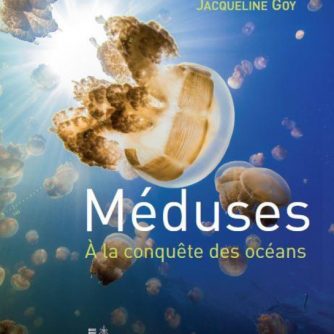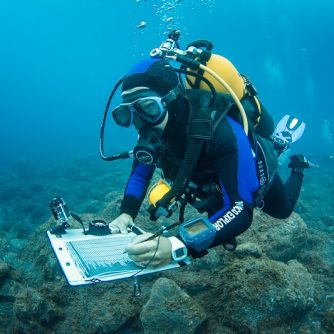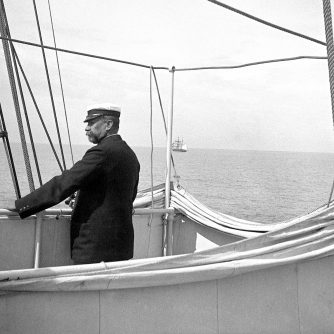Are there any whales in the Mediterranean?
- Accueil
- Actualités
- Are there any whales in the Mediterranean?
The answer is yes! There are several thousand whales living in Mediterranean waters. It is even relatively common to see them spouting from afar, when on a boat crossing to Corsica, for example. However, human activity is a source of disturbance for these giant mammals, who need to be allowed to live in peace.
Just under ten species of marine mammals have been spotted in the Mediterranean. There are dolphins, of course (common, striped, Risso’s and bottlenose), but also black pilot whales, beaked whales and a few monk seals.
The more imposing sperm whale and fin whale can also be found in the ocean’s water. But which of them are actually whales?
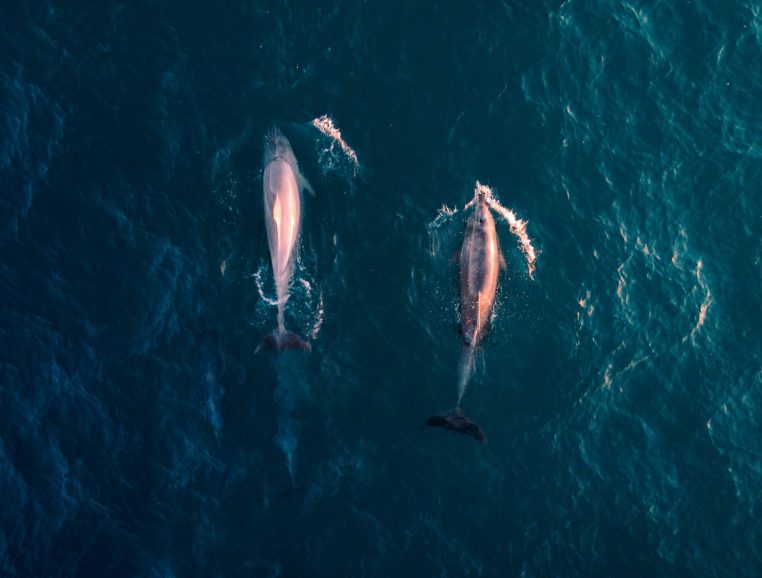
Baleens or teeth?
The term ‘whale’ is used in common parlance to refer to all large cetaceans. Only ‘baleen whales’ (mysticetes) are actually whales, however.
Fin whales (which measure up to 22 metres in length and weigh up to 70 tonnes) are the main baleen whale in the Mediterranean.
They cohabit with numerous ”toothed whales” (odontocetes), the largest representative of which is the sperm whale (measuring up to 18 metres and weighing up to 40 tonnes).
Despite its imposing stature, it is strictly speaking not a whale, and is in the same family as orcas, dolphins, pilot whales, porpoises, etc.
A GIANT OF THE SEAS
The fin whale is the second-largest mammal in the world, after the blue whale.
Although it is still difficult to evaluate their population precisely, it is estimated that around a thousand individuals live in the protected area of the Pelagos Sanctuary, which is intended to protect marine mammals in the western Mediterranean, between France and Italy.
Fin whales feed mainly on krill, which are small prawns that they catch in huge quantities in their baleen. They can dive to depths of up to 1,000 metres.
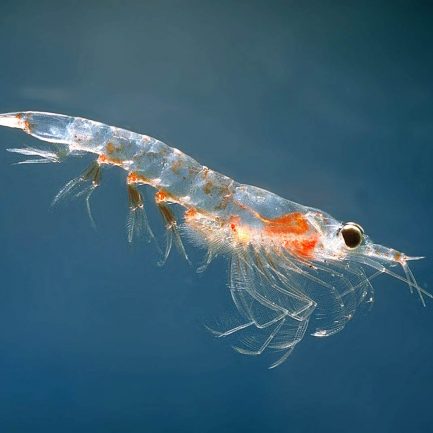
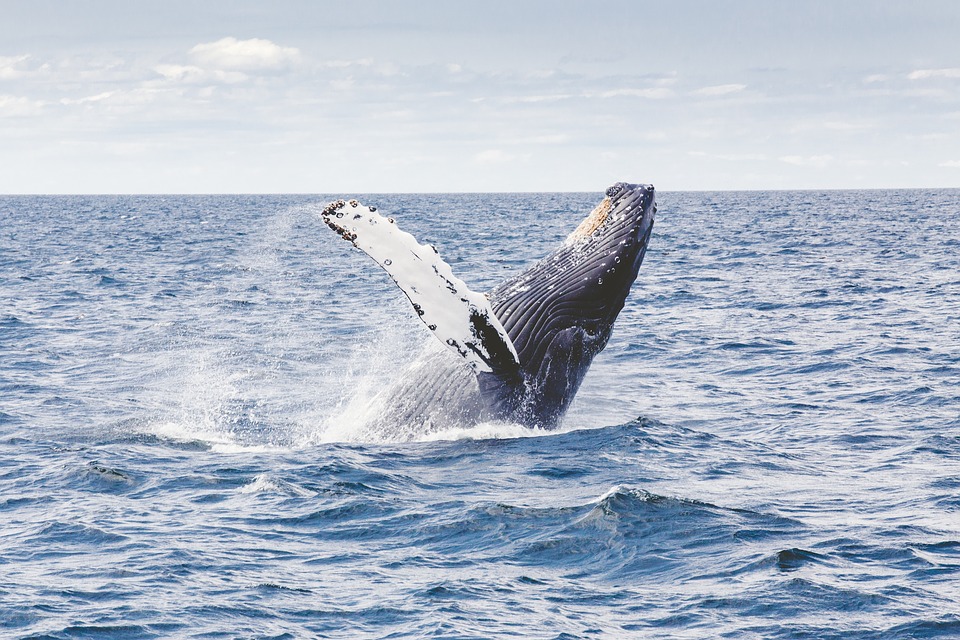
RISKS OF COLLISION
Within the boundaries of the Pelagos Sanctuary, small young are born in the autumn of every year (around 6 metres in length and 2 tonnes in weight).
They can live for up to 80 years, provided they do not cross paths with the frequent fast boats in the summer, which they do not seem to be able to avoid when they surface to breathe.
In the same way as for sperm whales, this is currently the greatest risk of accidental death for them. For this reason, techniques are being developed in partnership with certain maritime companies to fit boats with detectors to warn of the risk of collisions with these huge mammals.







